Related Research Articles
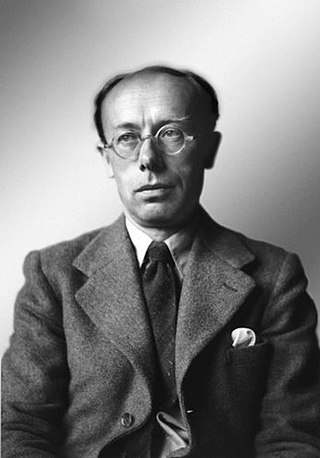
Maxwell Herman Alexander Newman, FRS, generally known as Max Newman, was a British mathematician and codebreaker. His work in World War II led to the construction of Colossus, the world's first operational, programmable electronic computer, and he established the Royal Society Computing Machine Laboratory at the University of Manchester, which produced the world's first working, stored-program electronic computer in 1948, the Manchester Baby.

John Henry Constantine Whitehead FRS, known as "Henry", was a British mathematician and was one of the founders of homotopy theory. He was born in Chennai, in India, and died in Princeton, New Jersey, in 1960.

The London Mathematical Society (LMS) is one of the United Kingdom's learned societies for mathematics (the others being the Royal Statistical Society, the Institute of Mathematics and its Applications, the Edinburgh Mathematical Society and the Operational Research Society.

Sir Erik Christopher Zeeman FRS, was a British mathematician, known for his work in geometric topology and singularity theory.

John Frank Adams was a British mathematician, one of the major contributors to homotopy theory.

Dame Mary Lucy Cartwright was a British mathematician. She was one of the pioneers of what would later become known as chaos theory. Along with J. E. Littlewood, Cartwright saw many solutions to a problem which would later be seen as an example of the butterfly effect.

Charles Terence Clegg "Terry" Wall is a British mathematician, educated at Marlborough and Trinity College, Cambridge. He is an emeritus professor of the University of Liverpool, where he was first appointed professor in 1965. From 1978 to 1980 he was the president of the London Mathematical Society.

Dusa McDuff FRS CorrFRSE is an English mathematician who works on symplectic geometry. She was the first recipient of the Ruth Lyttle Satter Prize in Mathematics, was a Noether Lecturer, and is a Fellow of the Royal Society. She is currently the Helen Lyttle Kimmel '42 Professor of Mathematics at Barnard College.
Rosemary Stewart was a British researcher and writer on business management and healthcare management.
Robert Alexander Rankin FRSE FRSAMD was a Scottish mathematician who worked in analytic number theory.

Peter Jephson Cameron FRSE is an Australian mathematician who works in group theory, combinatorics, coding theory, and model theory. He is currently half-time Professor of Mathematics at the University of St Andrews, and Emeritus Professor at Queen Mary University of London.

Peter John Hilton was a British mathematician, noted for his contributions to homotopy theory and for code-breaking during World War II.
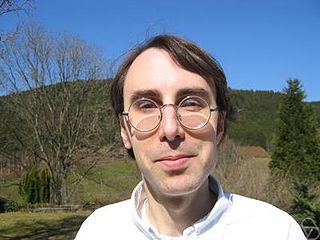
Burt James Totaro, FRS, is an American mathematician, currently a professor at the University of California, Los Angeles, specializing in algebraic geometry and algebraic topology.

Andrew M. Stuart is a British and American mathematician, working in applied and computational mathematics. In particular, his research has focused on the numerical analysis of dynamical systems, applications of stochastic differential equations and stochastic partial differential equations, the Bayesian approach to inverse problems, data assimilation, and machine learning.

James Dillon Stasheff is an American mathematician, a professor emeritus of mathematics at the University of North Carolina at Chapel Hill. He works in algebraic topology and algebra as well as their applications to physics.
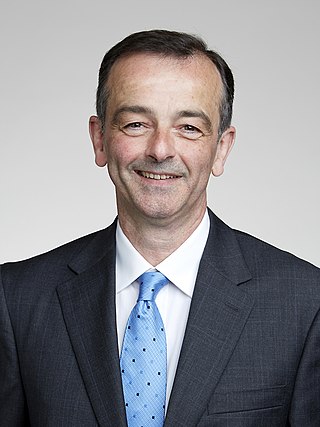
Martin Robert Bridson is a Manx mathematician. He is Whitehead Professor of Pure Mathematics at the University of Oxford, and the president of the Clay Mathematics Institute. He was previously the head of Oxford's Mathematical Institute. He is a fellow of Magdalen College, Oxford and an honorary fellow of Hertford College, Oxford. Specializing in geometry, topology and group theory, Bridson is best known for his work in geometric group theory.

Caroline Mary Series is an English mathematician known for her work in hyperbolic geometry, Kleinian groups and dynamical systems.
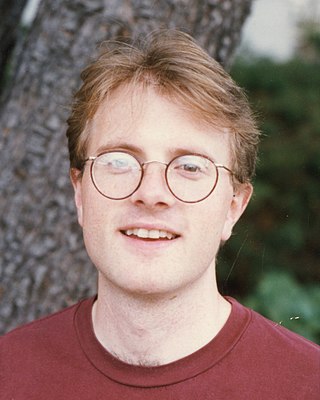
Marc Lackenby is a professor of mathematics at the University of Oxford whose research concerns knot theory, low-dimensional topology, and group theory.

Wilson Alexander Sutherland was a British mathematician at the University of Oxford.
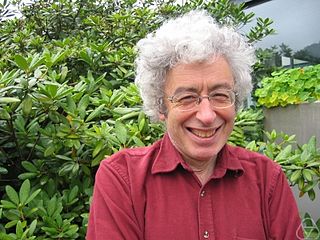
Andrew Alexander Ranicki was a British mathematician who worked on algebraic topology. He was a professor of mathematics at the University of Edinburgh.
References
- ↑ 'JAMES, Prof. Ioan Mackenzie', Who's Who 2008, A & C Black, 2008; online edn, Oxford University Press, Dec 2007 retrieved 27 March 2008
- ↑ GRO Register of Births: SEP 1928 2a 638 CROYDON - Ioan M. James, mmn - Surridge
- ↑ "Fellows". Royal Society. Retrieved 7 November 2010.
- ↑ London Mathematical Society. "List of Prizewinners". Archived from the original on 4 August 2007. Retrieved 8 July 2007.
- ↑ "Obituary: Rosemary Stewart - Pioneer academic who knew just what makes a good boss". Oxford Mail. 2 July 2015. Retrieved 18 August 2021.